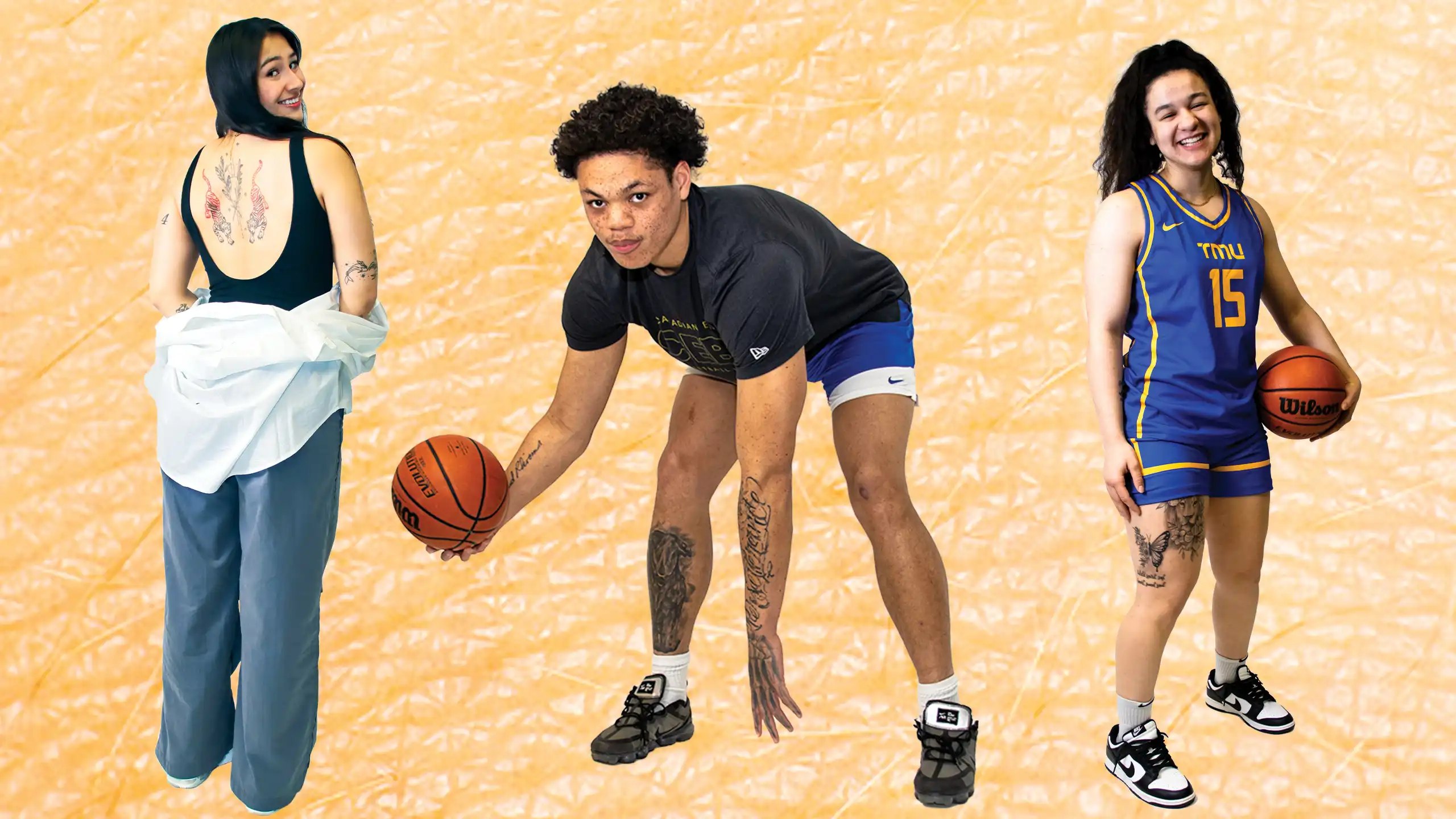While some people wear their hearts on their sleeves, second-year Toronto Metropolitan University (TMU) Bold men’s basketball star Aaron Rhooms dons his father’s name on his. Carefully tattooed in black ink across his inner right forearm are the cursive-styled words “Roland Rhooms” in his father’s handwriting.
Rhooms got the tattoo as his first piece of ink at a shop in Oakville, Ont. in July 2020, four months after his dad passed away in mid-March of the same year. He wanted to have something on his body to preserve the memory of his father and know that he was always with him, especially when Rhooms is on the court.
“Every time…I'm shooting the ball and I see his name mid-shot, it's that belief…either the shot’s going in or the game is gonna go well,” Rhooms says. “[Getting the tattoo] was a really good thing to remember him by.”
Besides his mother, Rhooms says his father was the most prominent figure in his life. “I want people to know he meant that much to me that I had to have his name tattooed on my body,” he says.
“It's probably my favourite tattoo, to be honest.”
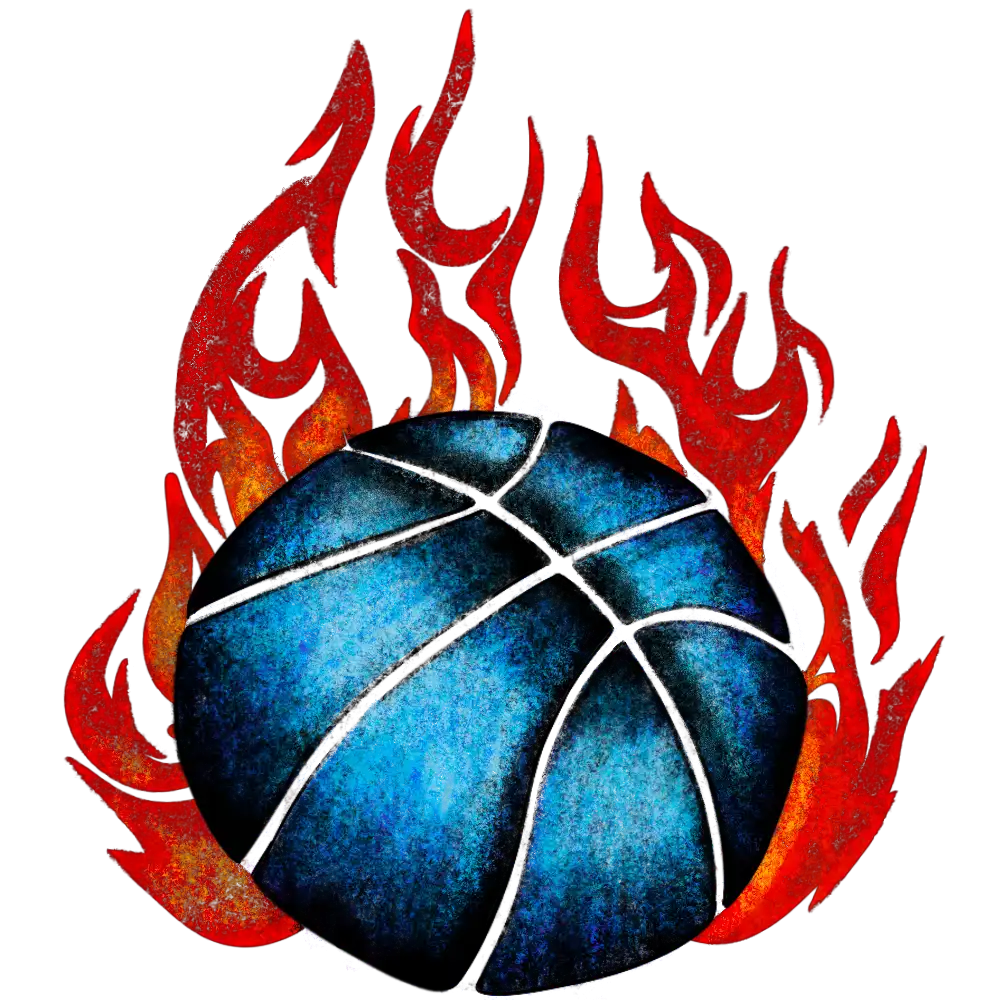
Rhooms has five tattoos in total, each with its own meaning personal to him. Aside from his father’s name, he has a bull charging from his right shin—an ode to his Taurus star sign and his intimidating demeanor on the court. A skeleton tattoo covers Rhooms’ left hand, and his right hand is adorned with a sacred heart tattoo to symbolize his love and devotion to his Christian faith and religious practices.
He also has the word “Perseverance” tattooed on his left forearm as a tribute to his healing journey following his father’s death, embellished with a rose—his sister’s favourite flower.
“My sister is a very big motivator to me,” Rhooms says. “She comes out to all my games…however far, early, late; she's been there in the front row of the stands. She means a lot to me and my journey.”
For inked athletes at TMU, the art on their bodies acts as a segue for self-expression in the sports they play. Just as their athleticism and skills are on display during their games, so are their personalities and the important people in their lives through the phrases and images seeped into their skin for eternity.
According to Susan Cadell, a social work professor at Renison University College at the University of Waterloo, body art can have no special meaning and be strictly aesthetic, while many fall into two categories: memorial tattoos and healing tattoos.
Cadell says memorial tattoos are relatively common and describe art that depicts a significant person, place or thing in the ink bearer’s life when someone has died.
“When they're memorializing someone, they're about the connection to the person,” Cadell says, whereas healing tattoos are those that people get in order to celebrate, challenge, disrupt or reclaim an aspect of themselves.
Rhooms says he sees tattoos as an art form and a way to express himself, similar to how some of his favourite athletes express themselves through their own ink. For example, Chicago Bulls forward DeMar DeRozan has
several tattoos depicting scenes of his life growing up in Compton, Calif., as well as a portrait of his father, who died in 2021.
“[DeRozan] remembers where he came from…that was really inspiring,” Rhooms says.
According to a
2018 article titled, “Talking Bodies: Athletes & Tattoos as Nonverbal Communication,” in
Sport Journal, professional athletes have established a prominent image of tattoos in the modern world. Further, the ink on their bodies can act as a form of non-verbal communication between the tatted athlete and other players and fans—displaying skill, intimidation and respect.
“I feel almost a sense of strength and power when I have [the tattoos] on my body,” Rhooms says. “When I’m on the court, I do feel pretty powerful…having what means a lot to me being expressed in the tattoos.”
Like Rhooms, many TMU athletes don ink with meanings that are more than just surface-level. Whether the tattoos are dedicated to a loved one, a special memory or personal growth and reflection, every line, shade and colour on athletes’ bodies allows them to display who they are beyond the sport they play.
Second-year TMU women’s hockey forward Saije Catcheway has spent hours perfecting designs not only for her own tattoos but for others’ artwork, too. Her passion for drawing has enabled her to form deeper connections with the ink on her body and the people her tattoos are dedicated to.

The first tattoo Catcheway drew for herself in 2020 had sprigs of sage and rosemary overlapping a series of circles, lines and stars, which is now displayed on her back, just below her neck. The rosemary is an ode to her grandmother who bears the herb’s name, while the artwork is dedicated to the incredible journey Catcheway’s grandma lived through, including surviving Canada’s residential school system.
“She is a huge inspiration in my life,” Catcheway says, adding that her grandmother’s involvement in politics and the legal system as a Métis woman in Manitoba motivated her to pursue law and business in university.
“I wanted to honour her,” Catcheway adds. “To have her with me all the time and as a constant reminder…she always has my back.”
According to a
2019 article by the National Aboriginal Health Organization, a Canadian-based internationally-recognized research group, family is at the heart of Métis communities and culture.
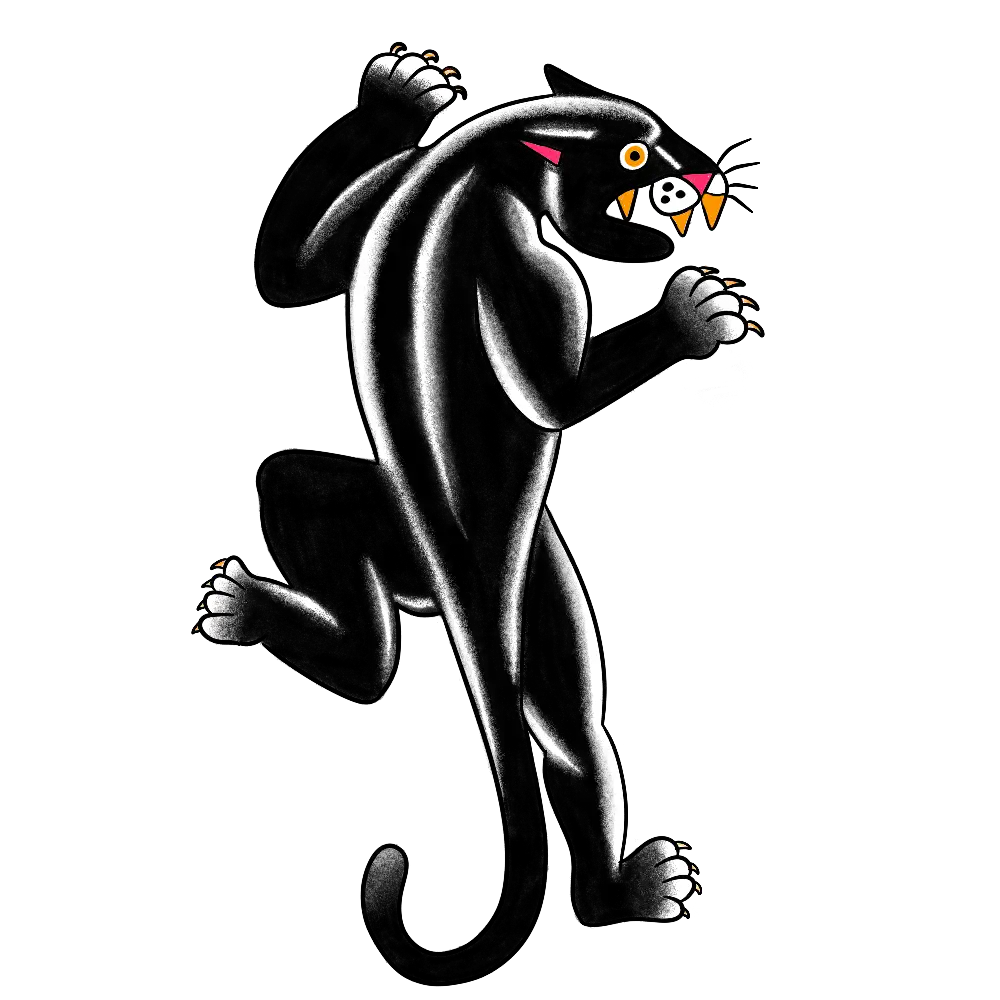
Catcheway’s Indigenous cultural practices are seen in her familial relationships and reflected in her body art. Beside her sage and rosemary tattoo, she has the number four inscribed on her shoulder, representing balance, along with the four seasons, elements, directions and colours on a medicine wheel.
Catcheway also has tattoos she designed of a Pisces fish and a scorpion on her right elbow for her and her brother, as well as a delphinium along her left forearm dedicated to her close relationship with her parents once she returned from Michigan after her first semester at Adrian College.
“I had dropped out of school…it was the year of COVID and it just wasn't an experience that I thought was serving me,” Catcheway says. “So I came back home and I developed a [much] deeper appreciation and connection with my parents.”
While Catcheway’s tattoos aren’t on display when she’s on the ice, she enjoys showing them off and explaining the meaning behind her designs. However, she also recognizes the stigma around tattoos that continues to exist in professional settings and strategically placed her ink in areas that aren’t immediately visible.
“If I know I'm going into an experience where I want the person to meet me for me first, I'm usually wearing clothing that doesn't show them off,” Catcheway says.
“It’s not…because I want to hide them,” she continues. “I'd rather you meet me and not have to notice my body first.”
Cadell says the tattoo taboo remains prominent in the workplace but this culture is evolving to be more accepting. She says the shift can be exhibited by professional athletes that make their tattoos visible to the public.
“I think that's…moving the needle on acceptance,” Cadell says. “Professional athletes are often role models, idols for young people,” she adds, saying that athletes showing off their tattoos helps normalize them in other environments.
A
2022 study in the
Journal of Organizational Behavior supports Cadell’s claims, saying while tattoos can be seen as stigmatizing in certain environments, they are perceived as fashionable in others. R
esearch from another 2022 study out of the University of Houston also shows that white-collar employers in creative or artistic industries may see hiring people with tattoos as a competitive advantage.
Since Catcheway draws her own body art, she says her tattoos have enabled her to express herself and her love for art so much more.
“Learning to embrace who you are has been a very prominent theme in my life,” she says. “I don't necessarily see myself getting super tatted up as I get older but I know that it's what makes me happy [at] this time in my life right now and I'll remember that for years to come.”
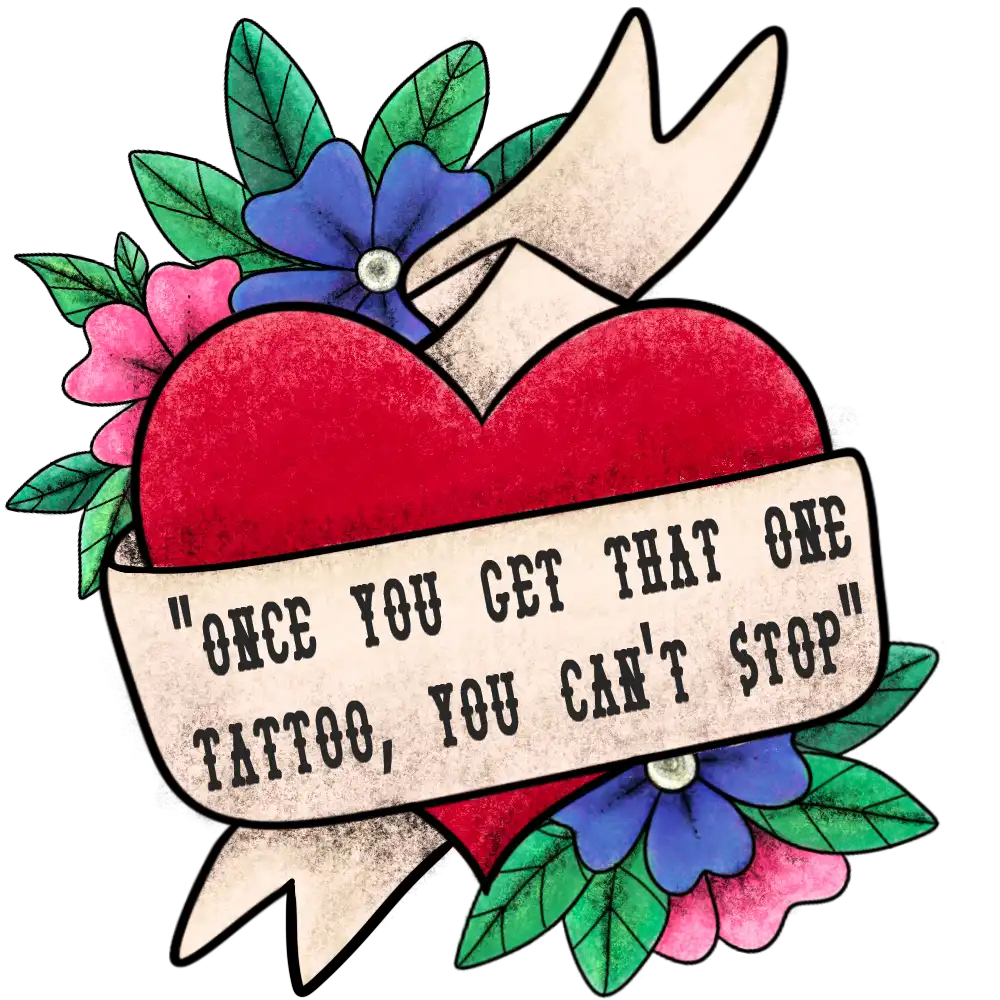
A few months after her grandfather passed away in February 2021, first-year TMU women’s basketball guard Kait Nichols confidently approached her mother—who was his daughter—and suggested they get tattoos to honour his memory.
The pair visited a family friend’s shop, where Nichols and her mom not only got ink for ‘Papa’ but also got matching rose tattoos on their wrists to signify their close relationship with each other.
“She's like my best friend,” Nichols says about her mother. “We've been through everything together…we do everything together.”
For Nichols, family plays a huge role in her life; a role that is reflected in her body art. While she currently only has those two memorial tattoos dedicated to loved ones, she’s scheduled to get another one of two elephants walking trunk in trunk in the coming weeks. The inked image will represent the relationship between Nichols and her aunt—her mom’s sister who became a parental figure for Nichols when she lacked a fatherly presence.
“She's been through so much but she's always put on a strong face to help both me and even her own kids,” Nichols says. “She's someone I definitely look up to.”
Nichols has two other non-memorial tattoos on her right thigh that she says are a key part of her identity and how she wants others to see her. The first piece is of a lion enveloped in flowers, symbolizing loyalty, fearlessness and family—aspects that hold immense value to her—while the floral work alludes to the soft, loving and caring side of Nichols that often isn’t on display in her interactions with others.
The second tattoo includes a butterfly, a daisy and the words, “Wild spirit, soft heart, sweet soul,” once again referencing a part of Nichols’ personality that may not be as noticeable as her daunting appearance on the court.
“I have flowers to show people the other side of me that no one ever gets to see unless you're in my close circle or my close family friends,” she says.
A
2002 study by Dayna Daniels in
Canadian Women Studies found that female athletes are often scrutinized for their masculine appearance in sport, whether it’s physical or emotional. But Daniels also noted that these athletes turn to self-expressive markers such as hair-dyeing, piercings and tattoos to strengthen their femininity and feminine presentation.
“I talked to the artist about it…I feel like I look intimidating,” Nichols says. “So, I'm gonna get flowers to embrace who I am.”
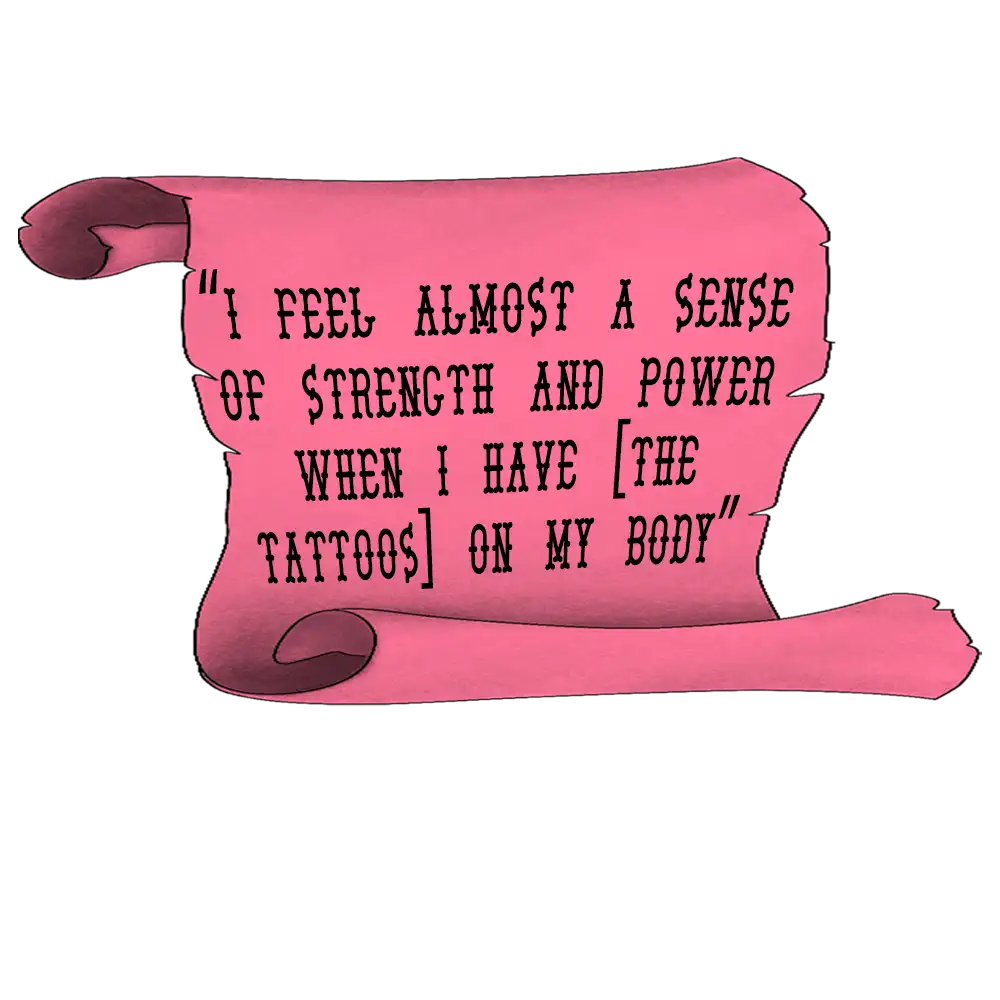
Cadell says a tattoo’s ability to act as a form of self-expression relies heavily on the artist, therefore ink bearers often take special care when selecting who will hold the needle. Before getting her thigh tattoos, Nichols consulted with her mother’s tattoo artist. She shared her input with the designer to make sure the artwork accurately depicts the message she wants to convey.
“I’d say for the most part I’m involved,” Nichols says, adding that once she sends photos and a description of what she’s looking for, the artist’s sketch is both accurate and impressive.
After her elephant tattoo, Nichols says she expects to get more ink, including a matching tattoo with her brother.
“Once you get that one tattoo, you can't stop,” she says. “So there's definitely going to be more tattoos in the future.”
While Rhooms doesn’t have any upcoming tattoo appointments right now, he says he plans on getting more ink soon. He’s also influenced his friends to get their own body art—if they ask him for his input, the answer is always automatically ‘yes.’
“If you get your first, you're never gonna want to stop getting them,” he says.
Rhooms says he’s looking to complete his arms and have a sleeve of body artwork, potentially getting another family member’s name tattooed to emphasize the impact they have on his life.
“We'll see, maybe in the near future…and then come next season, you'll see me having something completely done.”
